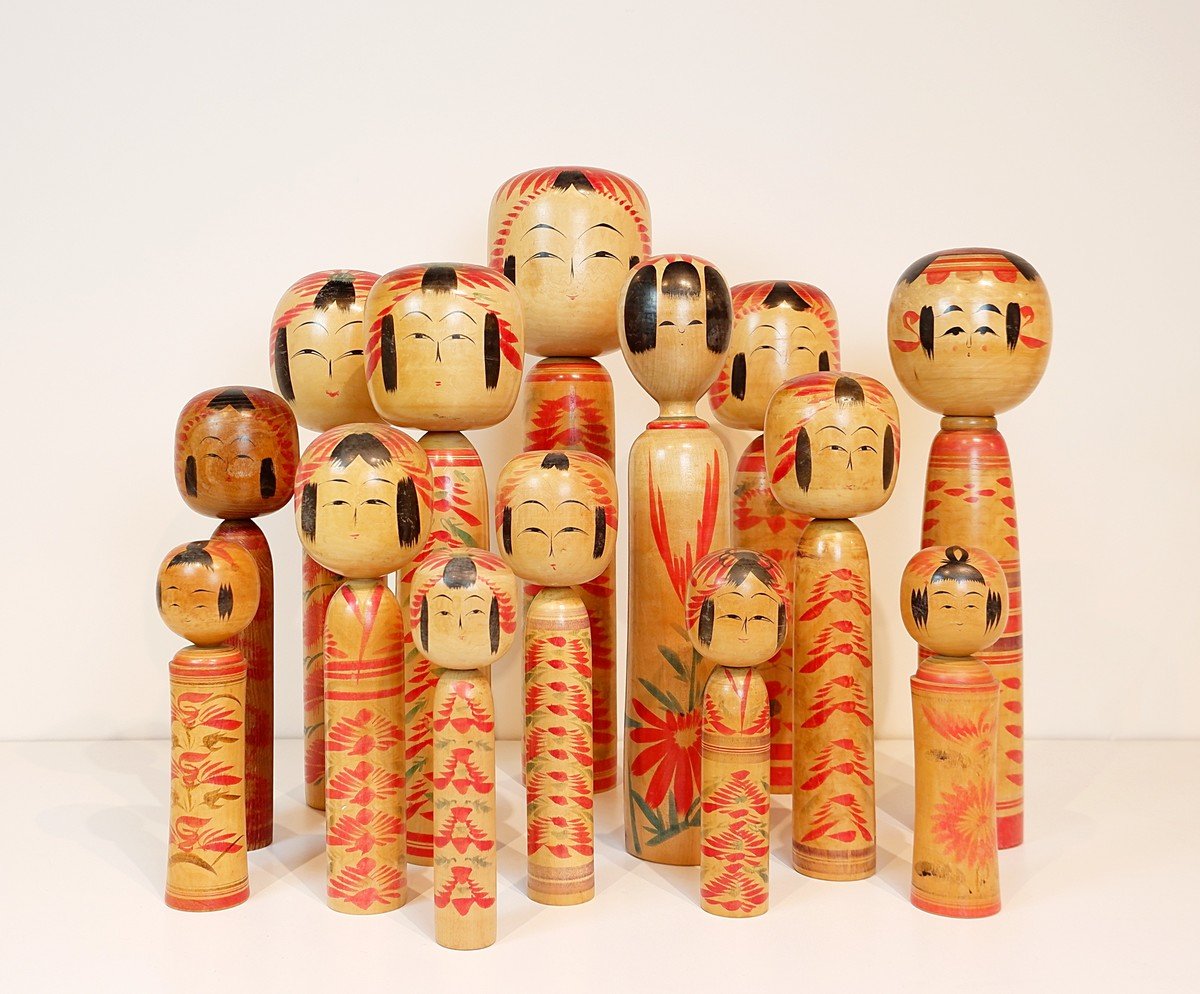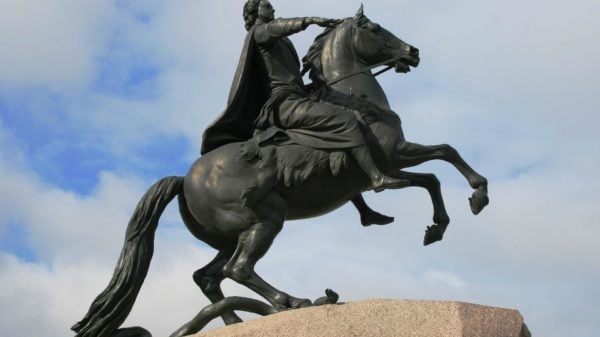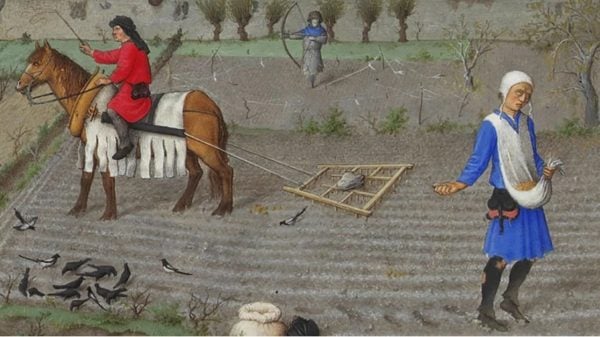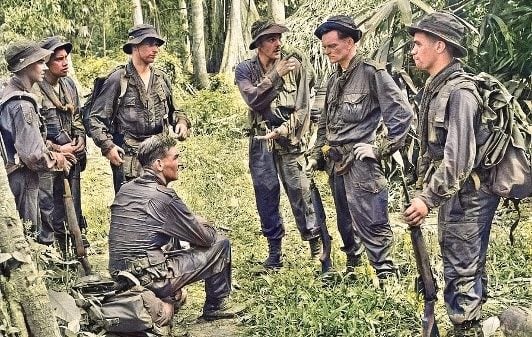Kokeshi dolls are these cute handicraft dollies that are popular with many people. It is from Japan, and it has been around for many eras already. These dolls have no limbs and have a straight or curved body. They also have enlarged heads, and a few thin lines get added to paint their facial features.
Accordingly, in the first years that the Kokeshi dolls got crafted, people only used three colors to make them. These are black, red, and yellow. Today, however, the Kokeshi dolls can be traditionally made or for creative purposes. Many artists now use different designs and colors to make the Kokeshi dolls even more attractive. Modern Kokeshi dolls are also a bit more rounded to resemble a human’s body. They also have silhouettes to represent their limbs.
A fun fact about these dolls pertains to no two expressions are ever the same on these dolls because they are all hand-painted by different artists.
As for history, many believe it started from the Tohoku region located in northern Japan. The Tohoku region had many woodworkers living there, and they made bowls and trays from wood. Later, they came up with the idea to make dolls from wood. The Tohoku region also had many visitors because of its hot spring resorts. Hence, the dolls got sold as souvenirs.
The history mentioned above is the most believable and realistic reason for why the kokeshi dolls began. However, some said they used the dolls’ unpainted version as a massage apparatus in the Tohoku region’s hot spring reports.
Another theory claims that the farmers gave their children these dolls because they believed it would make the gods pleased with them. In return, they expected to get good harvests.
The Kokeshi dolls also served as guardians of the children and the keepers of their souls. This was especially wildly-believed during the Edo period. Since the Kokeshi dolls were made of wood, they were reportedly considered as associated with mountain spirits. Many believed that children existed in a gray area between the human and the spirit world. Thus, the elderly or the parents gave the Kokeshi dolls to them because they were closer to the spiritual world. This was the reason why the dolls were rarely available during the Edo Period. Parents wanted to get their hands on it to protect their kids. And when the children already grew up, the dolls were burned so that the mountain spirit would go back to the mountains.

A photo showing traditional Kokeshi dolls.
They also became teething toys as they converted to one that can get twisted and have a squeaking sound.
The dolls also got associated with women who lost their child through abortion or miscarriage. The theory became popular because the word ko means child, and kesu means to erase. Thus, people started to believe it would be suitable for those who got an abortion or had a miscarriage.
Also, the dolls were placed alongside photos of deceased family members as a sign of remembering them.
Today, every year, All Japan Kokeshi Competition gets held in the Naruko district. The most creative artists receive the Prime Minister’s Award.


















